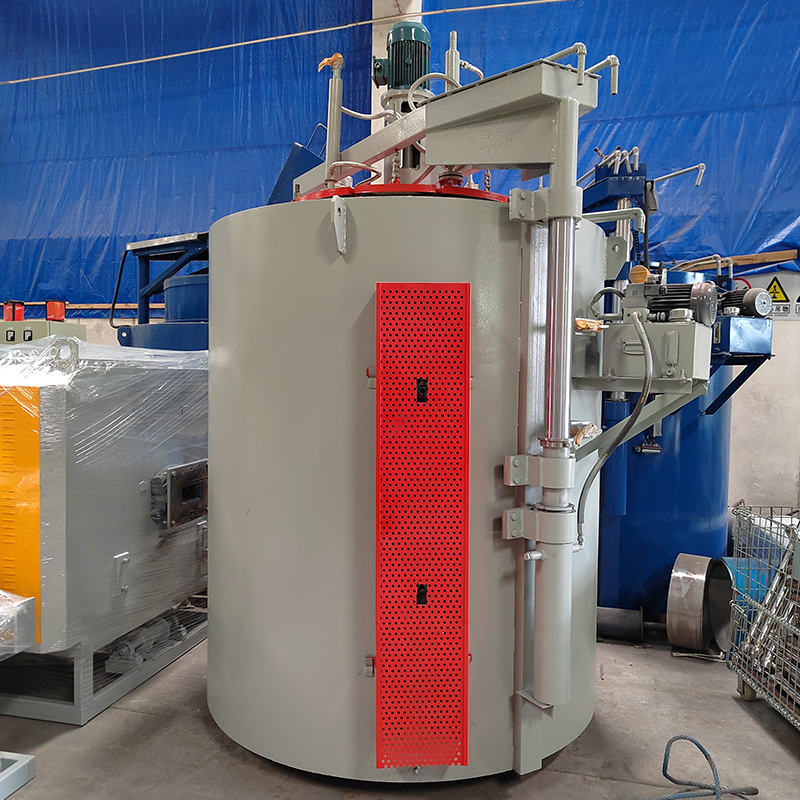Heat Treatment of Mechanical Parts
Jul. 29, 2024
One. Introduction
Heat treatment exhibits distinct cross-industry characteristics, serving critical sectors of the national economy such as the metal products industry, general and precision machinery manufacturing, special equipment manufacturing, transportation equipment manufacturing, metallurgical equipment manufacturing, electrical machinery and equipment manufacturing, electronic and telecommunication equipment manufacturing, as well as national defense sectors like shipbuilding, aviation, aerospace, and weaponry. In these industries, approximately 80% of components undergo heat treatment.
Two.Common Defects Related to Heat Treatment of Mechanical Parts
1. Uneven hardness of parts after heat treatment
① The hardness of individual parts is not uniform.
- Related to uneven material organization.
② The hardness of the whole furnace parts is not uniform.
-Related to the lack of uniformity of furnace temperature.
-Related to improper filling in the furnace.
2. Overheating during heat treatment
The material structure is coarse and the parts are brittle
- Related to improper heat treatment process procedures (mainly high quenching heating temperature).
- Related to the failure of the furnace temperature control system (furnace running temperature).
3. Parts surface decarburization
The surface hardness of the parts is low, and the surface of the parts is easy to crack during quenching.
- Related to the incomplete removal of the decarbonized layer on the surface of the material after rolling or forging.
- Related to the existence of oxidizing atmosphere in the furnace during quenching heating.
4. Insufficient tempering during heat treatment
The strength and toughness of the parts are reduced, and the brittleness is increased.
- Related to unreasonable formulation of tempering process regulations.
- Related to the leakage sequence of tempering process operation.
Or insufficient tempering times, tempering time is insufficient.
Or after tempering the part does not cool to a low enough temperature, and then a second tempering.
- Related to unreasonable operation procedures of tempering furnace.
5. Improper surface treatment
① Non-martensitic structure appears on the surface of the parts after carburizing and quenching, and the brittleness increases.
- Related to unreasonable formulation of carburizing process regulations.
- Related to the ability to control the atmosphere in the carburizing furnace.
② The surface of the parts after nitriding is brittle and easy to peel off.
- It is related to unreasonable formulation of nitriding process regulations.










